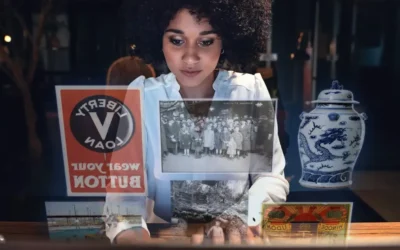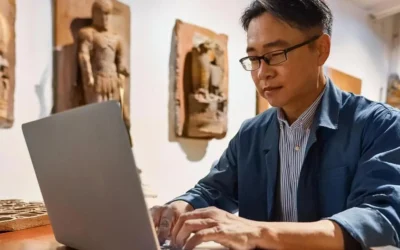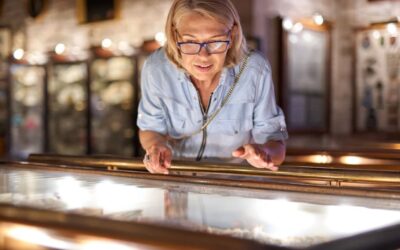Shared Museum Catalogs Are the Future

Rachael Cristine Woody
Traditional museum collecting is focused at the object-level—where space and funding constraints limit the number of objects a museum collects. Over time, objects were often distributed across a number of museums that most likely don’t have a formal relationship with each other. Maybe a few decades ago this wasn’t considered a problem.
However, now, in our digitally connected world, museum digital visitor expectations have changed. Visitors expect similar things to be together. (One-stop shopping). They expect quick access to related materials. (Did you enjoy this book? Amazon can recommend 3 more you’ll enjoy!). And they expect to have instant access to the information they seek. (Just ask Google). Our consumption of information and experiences has evolved, and so too have our expectations as museum visitors.
For the physical exhibit, museums have negotiated this expectation by bringing in loaned objects and traveling exhibits. However, there hasn’t been a digital equivalent to loaning objects or installing traveling digital displays. That is until the shared catalog emerged.
Museums are a bit late to the shared catalog concept compared to the archive and library fields. Perhaps this is because the access to archives is fairly restricted and they’ve embraced ways in which to get collections out and used. And libraries have relied on shared catalogs in an effort to share limited resources. Museums have only recently begun to explore shared catalogs.
Shared Museum Catalogs
Let’s be clear. When I say shared catalogs, I don’t mean that the information from one museum collection is comingled and accessible to the other museum on the back-end. I mean that from the front-end (either directly from the catalog or via a consortia-based portal) the digital visitor has the ability to search across multiple museum collections. Digital visitors expect to see related items displayed together regardless of which museum owns them.
Here are the Top 4 Reasons for Why You Should Consider a Shared Museum Catalog:
- Grant funding
- Resource sharing
- Benefits the museum digital visitor
- Provides more information
Grant Funding
For at least the last 10 years, funding opportunities that facilitate digitization and cataloging typically require collaborative elements. While initially this included shared training, research, development, and testing of catalogs, it’s now led to the expectation that museums with similar collections share a catalog.
Resource Sharing
Resources are tight. We only have to look at the increasing number of museums being forced to sell their objects or face closing permanently. When it comes to annual expenses, the digital side of the museum can be fairly costly depending upon setup, software, and hardware. Shared museum catalogs can also mean shared savings.
Digital Visitor Expectations
I’ve written several recent posts regarding the museum digital visitor. Please check out Museum Digital User Types and Expectations, The Top 4 Things a Museum Needs to Know About the Digital Visitor, and 5 Methods to Improve the Museum Digital Experience for more information.
More Context and Information
When like objects can be displayed and engaged with in the same place there is a greater possibility for discovery of additional information—and meaning derived from that information. This is because contextual information about the objects can be seen at the same time, as opposed to existing within separate catalog vacuums.
Conclusion
If your museum isn’t already a part of a museum shared catalog or an online consortia portal it’s worth exploring the idea. Good luck and have fun with it!

Rachael Cristine Woody
Similar Posts
How Archives Can Enrich Museum Collections Online
Staffed archives are in constant motion in their attempt to provide and broaden access to the archival collections.
How to Enhance Museum Collections Online with New Information
One of the wonderful things about museums is that the learning never stops. There are always projects, exhibits, and programs in development that serve as constant instigators of research.
How to Enhance the Museum Object Record with Immediately Available Information
This month’s series focuses on the enhancement of museum object data using “hidden” troves of information. Hidden is in quotes because the information exists and often is not hidden—it just hasn’t been gathered for inclusion in the museum Collections Management System (CMS).
Where the Gaps Live with Traditional Museum Object Cataloging
Standard museum cataloging leverages the usual set of fields that are considered best practice. We tend to refer to this information as “the tombstone information,” meaning it is clear and concise in communicating the “need to know” information.




Leave a Comment
Comments are reviewed and must adhere to our comments policy.
0 Comments